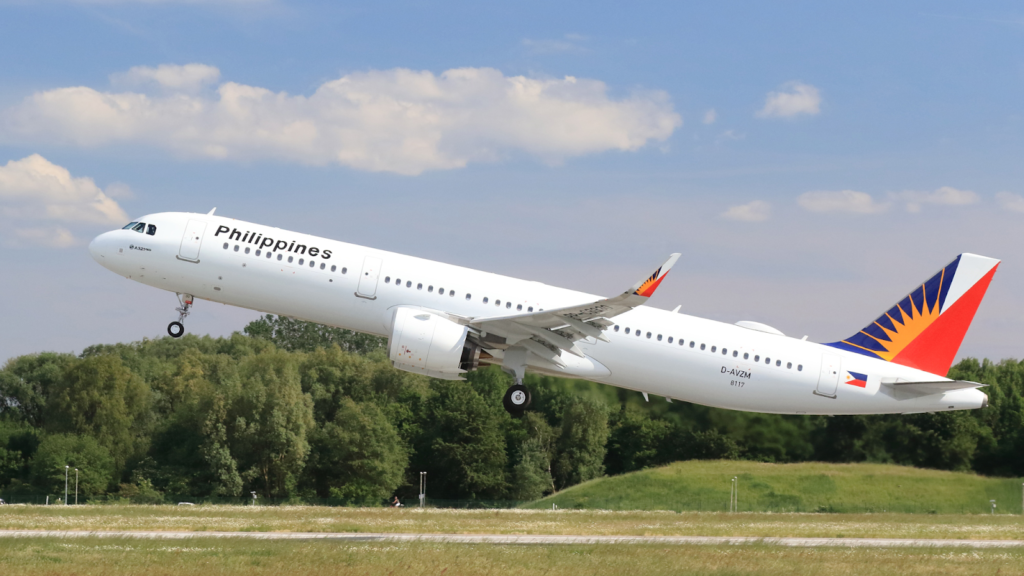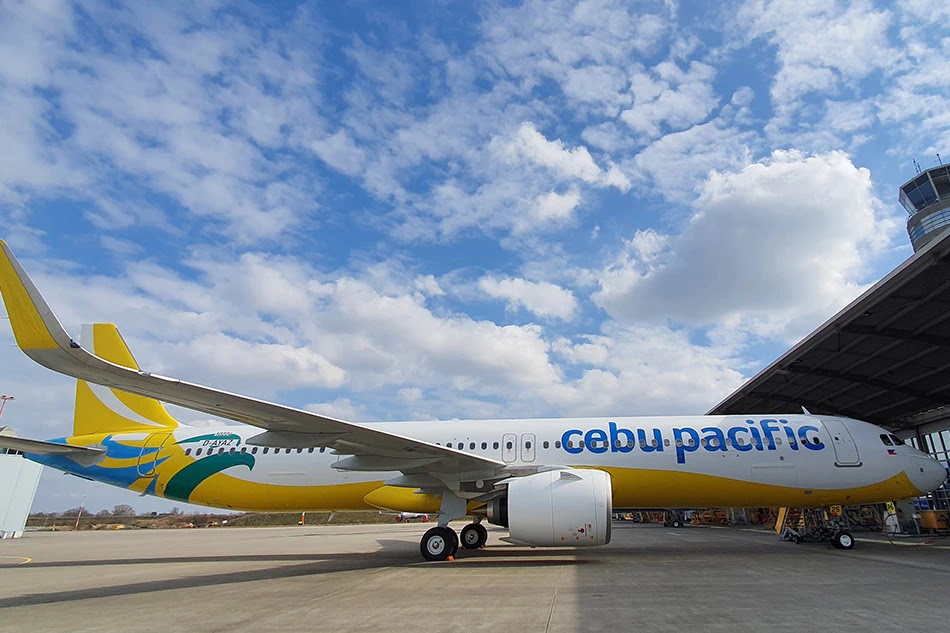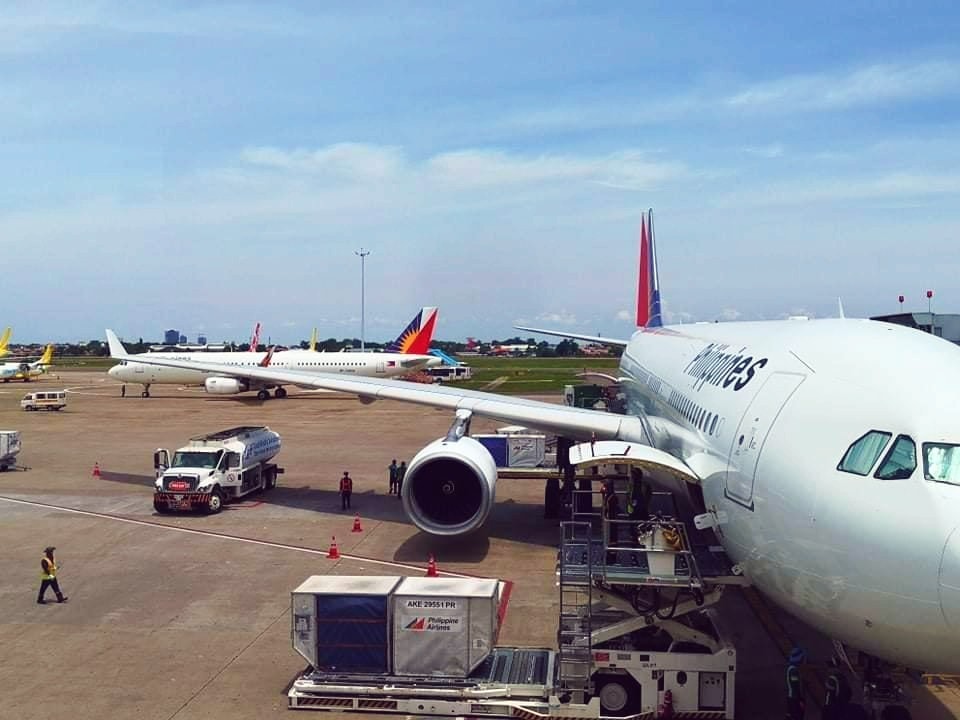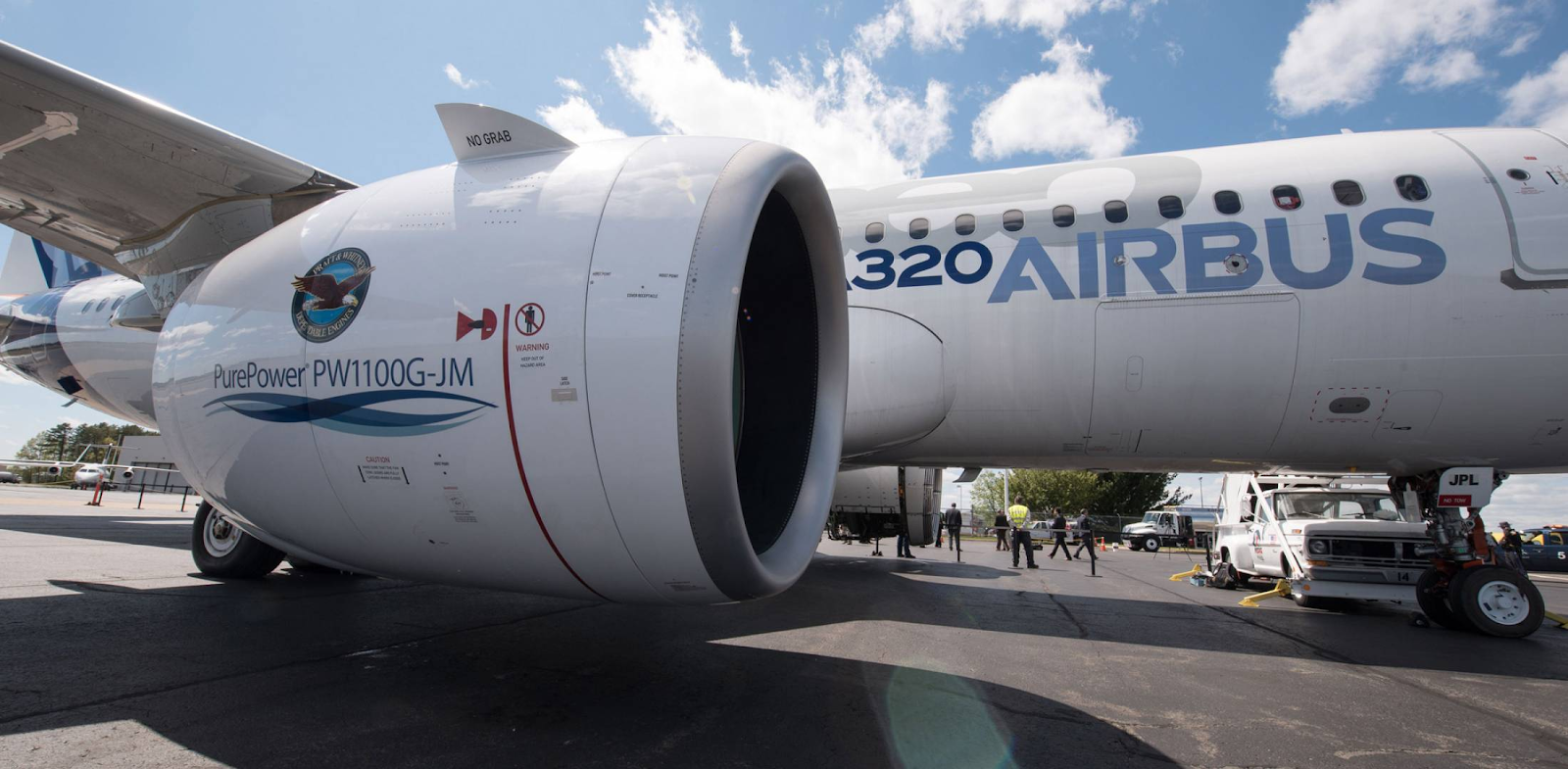Passengers flying with Philippine Airlines (PAL) and Cebu Pacific, two of the largest airlines in the Philippines, have recently experienced a series of flight disruptions. But over all issues, two bigger problems unveil themselves: engines and weather.
The Pratt & Whitney engine issues
The increasing frequency of maintenance requirements on their Airbus A320neo family aircraft, equipped with Pratt & Whitney’s PW1000G Geared Turbofan (GTF) engines, has caused significant disruptions to flight schedules, inconveniencing numerous travelers.
The engine problems faced by the two major carriers were first made public in an article by the Philippine Daily Inquirer. So, what exactly are the engine problems they are facing?
Typically, engines require extensive checks after 20,000 take-off and landing cycles, according to PDI. However, the GTF engines require maintenance after only 6,000 cycles. This takes up a significant amount of ground time that could have been used for flying.
On paper, the GTF engines have more potential compared to the CFM LEAP engines. An article from AirInsight reveals that the Pratt & Whitney engines have better fuel burn and overall efficiency, while the LEAP engines excel in terms of reliability.
To put it into perspective, Cebu Pacific operates a fleet of 13 Airbus A320neo and 10 Airbus A321neo aircraft, while the national flag carrier operates eight Airbus A321neo aircraft. Each of these aircraft is powered by two PW1000Gs.

Due to the increased maintenance requirements, Pratt & Whitney has been unable to provide timely repair, overhaul services, and replacement parts, resulting in hundreds of Airbus planes worldwide being grounded due to unserviced engines.
To address the situation, both carriers have reduced their flight frequencies and limited booking slots while Pratt & Whitney works to cope with the problems.
Both Philippine Airlines and Cebu Pacific have released separate press statements addressing the issue and apologizing to affected passengers.
In their statement, Philippine Airlines acknowledged the flight cancellations and expressed sincere apologies to affected passengers. They attributed the cancellations to ongoing supply chain delays and unexpected technical issues, which led to the prolonged grounding of some of its aircraft.
PAL emphasized that these precautions were taken in the interest of safety, which remains their highest priority. The airline assured passengers that their personnel are working diligently to arrange replacement flights and assist affected passengers.
Cebu Pacific also acknowledged the difficulties and frustrations experienced by passengers and expressed regret for the inconvenience caused. They attributed the disruptions to fleet availability issues affecting the global aviation industry, along with specific environmental factors.
The airline outlined several initiatives to mitigate the situation, including heightened customer care and recovery efforts, reduced scheduled flights to account for long-term unserviceable aircraft, and increased standby aircraft.

Cebu Pacific highlighted the global problem affecting the airline industry, and the challenges they faced due to the shortage of spare engines. In order to mitigate the temporary aircraft shortage, the low-cost carrier also took delivery of two leased Airbus A320ceo aircraft as a stop-gap solution. More are expected to arrive soon.
What’s behind the engine reliability issues?
The Pratt & Whitney PW1000G geared turbofan (GTF) engine has been facing reliability issues due to durability problems. The PW1000G engine is a geared turbofan engine that uses a gearbox to drive the fan at the front of the engine. This allows the fan to rotate at a slower speed than the compressor and turbine sections of the engine, which can improve fuel efficiency and reduce noise.
The technology behind the PW1000G engine is a gear system that allows the fan to rotate at a slower speed than the compressor and turbine sections of the engine. This can improve fuel efficiency and reduce noise. However, this technology has been facing some durability issues. These problems have caused unscheduled repair demand and have resulted in airlines having to cancel flights. The issues airlines have been facing include inflight shutdowns, oil leaks, and more frequent maintenance checks.

The PW1000G engine is part of a new generation of engines that are designed to be more fuel-efficient and environmentally friendly than previous generations. The geared turbofan technology used in the PW1000G engine is one of several new technologies that are being used in these engines. Other new technologies include composite materials, advanced aerodynamics, and more efficient combustion processes.
The GTF engine is also designed to be more reliable than previous generations of engines. It uses fewer parts than previous engines, which reduces the number of potential failure points. However, as mentioned earlier, it has faced some reliability issues due to its durability problems.
PW issues are a worldwide problem
Pratt & Whitney supply chain issues have been affecting airlines worldwide. For instance, an Indian airline called Go First has filed for bankruptcy protection last May and put blame on these engine issues.
According to the airline, it had grounded 27 of Go First’s 49 Airbus A320neo aircraft1. In March 2023, Go First and Pratt & Whitney entered into arbitration in Singapore. The arbitrator ruled that Pratt & Whitney would furnish Go First with 10 spare engines by the end of April.
However, Pratt & Whitney has not yet complied with the arbitrator’s ruling, and Go First says this has caused significant financial losses.
Moreover, SriLankan Airlines has recently released a statement that it has been operating a reduced fleet of 15 aircraft after it grounded two Airbus A320neo aircraft pending arrival of replacement parts. This meant that the airline had to cancel flights and reduce its frequencies.
It is important to note that Pratt & Whitney is seeing “solid progress” in the aerospace supply chain after bottlenecks caused by the pandemic. The engine maker expects a smoother flow of its supply chain in 2024.
Red lightning alerts
There is also another uncontrollable force compounding to the flight disruptions—weather. Recently, there has been an increase in the number of red lightning alerts raised at the Ninoy Aquino International Airport (NAIA) in Manila. Lightning alerts are issued when isolated thunderstorms occur in the vicinity of NAIA for the safety of all airline passengers during this monsoon season.
The Manila International Airport Authority (MIAA) issues “red lightning alerts” which halt all ground movements, including take-offs, in order to protect personnel from possible lighting strikes. The issuance of these alerts started in 2014 following the death of an airport employee who was struck by a lightning bolt on the tarmac of Terminal 3. These alerts are an essential safety measure for all personnel on the ramp.
In a media release, Cebu Pacific has stated that from April to June 2023, there have been 78 red lightning alerts issued at NAIA. Some of these alerts have lasted for over two hours, which has caused significant delays in ground operations.
However, both airlines assured passengers that they are actively managing the situation and taking steps to assist affected passengers. They encouraged passengers to reach out to their official customer service channels for assistance and provided various contact options.
The recent flight disruptions experienced by PAL and Cebu Pacific have been a source of inconvenience and frustration for many passengers. However, the airlines have taken steps to address the situation and are committed to providing a safe and reliable travel experience for their customers. Passengers are advised to stay informed about any updates provided by the airlines and to remain patient during this period of increased maintenance activities.
The airline industry is facing a number of challenges, including the global supply chain shortage and the increasing frequency of maintenance requirements on aircraft. However, the airlines are working to mitigate these challenges and are committed to providing the best possible service to their customers.
In the future, it is likely that we will see more flight disruptions as the airline industry continues to face challenges. However, by staying informed and being patient, passengers can help ensure that their travel experience is as smooth as possible.
























Leave a comment